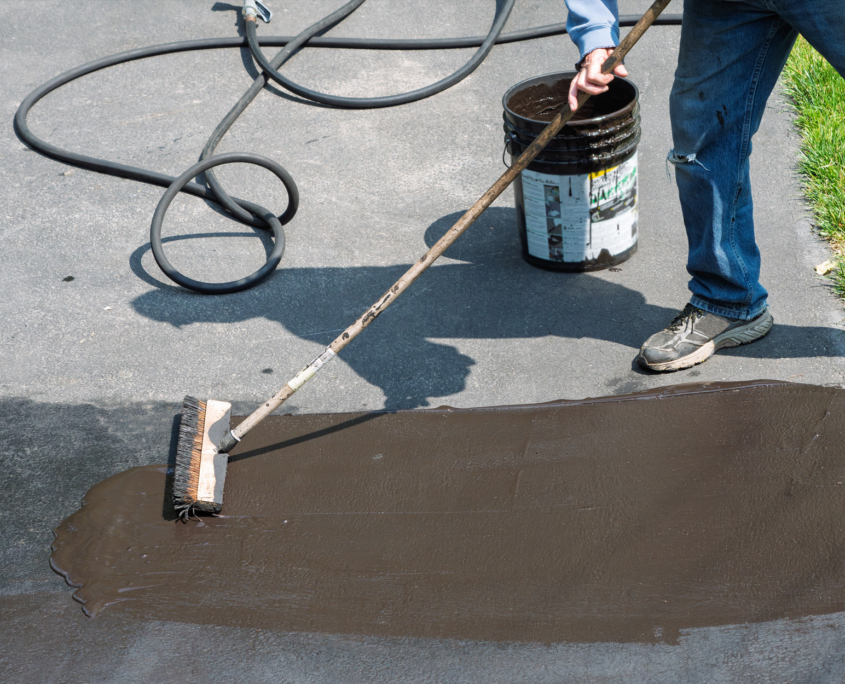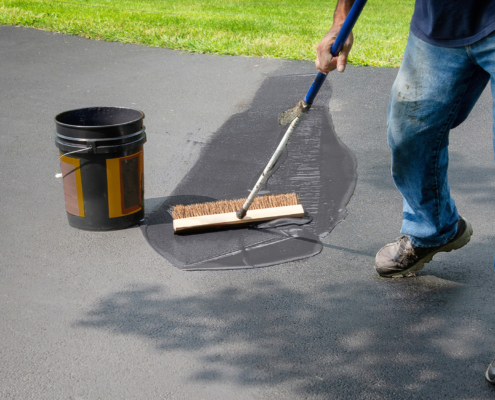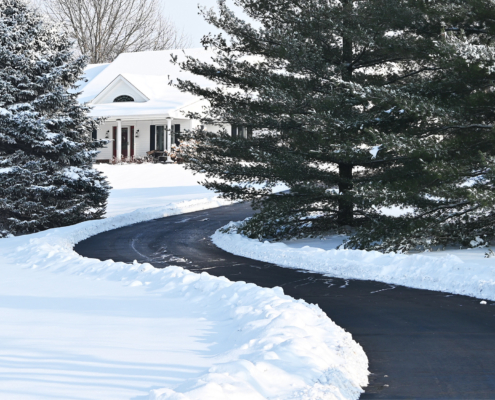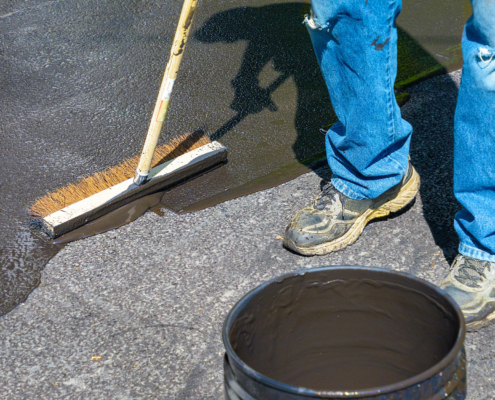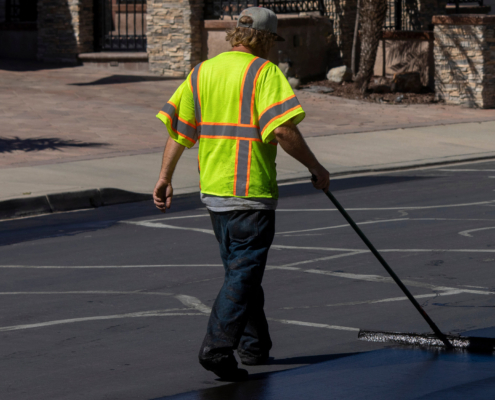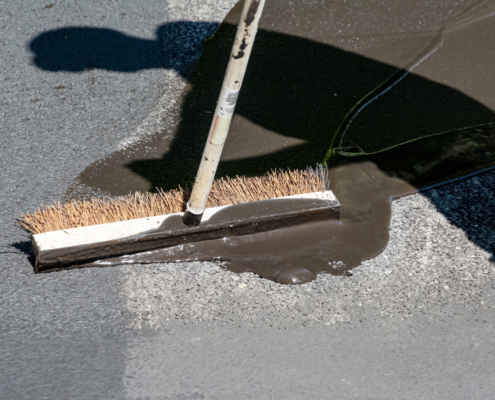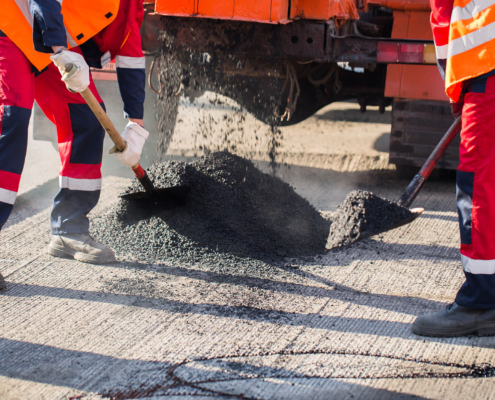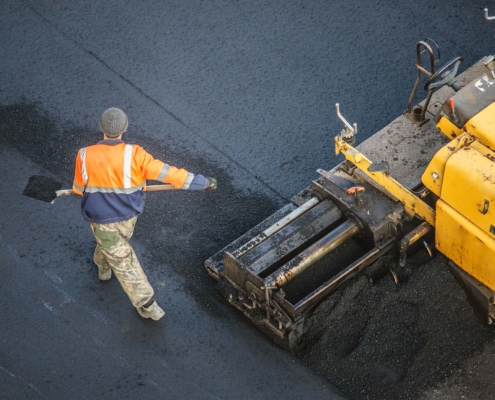Sometimes, despite your best efforts, environmental or structural factors shorten the lifespan of asphalt. Recognizing when your driveway needs attention ensures you resurface before small issues turn into big costs.
Widespread Surface Cracks: Numerous cracks across your driveway indicate the top layer is failing and needs restoration.
Visible Potholes: Potholes let water reach deeper layers, compromising the base and demanding prompt resurfacing.
Fading Color and Texture: Asphalt that’s lost its rich black color and turned gray is oxidized and vulnerable to cracks.
Drainage Problems: Pooling water signals drainage failures that can shorten the time until resurfacing is needed.
Previous Resurfacing Wearing Thin: If it’s been more than a decade since the last overlay, the surface may be nearing its limit.
If you notice these warning signs, don’t wait. Delaying resurfacing could mean minor repairs turn into full-scale replacement projects, which will cost far more and require longer disruptions.

